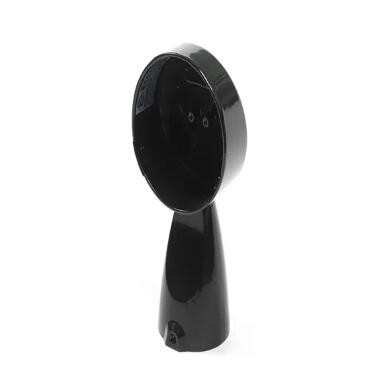Exploring the Environmental and Economic Benefits of Precision OEM Zinc Die Casting
2024-08-21
As industries continue to prioritize sustainability and cost-efficiency, Precision OEM Zinc Die Casting has emerged as a manufacturing process that offers both environmental and economic benefits. In this blog, we’ll explore how zinc die casting contributes to greener manufacturing practices while also providing significant cost advantages.
1. Sustainable Material Usage
One of the key environmental benefits of zinc die casting is the efficient use of materials. Zinc is a highly recyclable metal, and the die-casting process itself is designed to minimize waste, making it a sustainable choice for manufacturers.
- Recyclability of Zinc: Zinc is 100% recyclable, meaning that scrap metal from the die-casting process can be reused in future production cycles without any loss of quality. This reduces the need for raw material extraction and minimizes the environmental impact of manufacturing.
- Minimal Material Waste: The precision of the die-casting process ensures that only the necessary amount of zinc is used to create each part. Any excess material is typically recycled, further reducing waste and conserving resources.
2. Energy Efficiency
Zinc die casting is an energy-efficient process, particularly when compared to other manufacturing methods such as machining or forging. The process requires lower temperatures to melt zinc, resulting in reduced energy consumption.
- Lower Melting Point: Zinc’s lower melting point compared to other metals like aluminum or steel means that less energy is required to melt and mold the material. This not only reduces energy costs but also lowers the carbon footprint of the manufacturing process.
- Rapid Production Cycles: The efficiency of zinc die casting allows for quick production cycles, which in turn reduces the energy required for manufacturing large quantities of parts. This makes the process both economically and environmentally advantageous for high-volume production.
3. Economic Benefits of High-Volume Production
Precision OEM Zinc Die Casting is particularly well-suited for high-volume production, offering significant economic benefits for manufacturers.
- Economies of Scale: As production volumes increase, the cost per part decreases due to the efficiency of the die-casting process. This is especially beneficial for industries that require large quantities of components, such as automotive or consumer electronics manufacturers.
- Reduced Labor Costs: The automation of the die-casting process reduces the need for manual labor, lowering labor costs and increasing production speed. This efficiency translates into cost savings for manufacturers, making zinc die casting a cost-effective choice for producing high-precision parts.
4. Quality and Consistency
In addition to its environmental and economic benefits, zinc die casting is renowned for producing parts with consistent quality and precision. This reliability is crucial for industries that require parts to meet strict specifications and standards.
- High-Quality Surface Finish: Zinc die-cast parts often require little to no additional finishing, thanks to the smooth surfaces and fine details achieved through the casting process. This reduces the need for post-production work, saving time and costs.
- Dimensional Stability: The precision of zinc die casting ensures that parts maintain their shape and dimensions over time, even under stress or varying environmental conditions. This consistency is essential for applications where components must perform reliably over their lifespan.
5. Versatile Applications in Green Technologies
As the demand for green technologies continues to grow, zinc die casting is playing an increasingly important role in the production of components for renewable energy systems, electric vehicles, and other environmentally-friendly innovations.
- Electric Vehicles (EVs): The lightweight and durable nature of zinc die-cast parts make them ideal for use in electric vehicles, where reducing weight is crucial for improving energy efficiency. Components such as battery housings and structural parts benefit from the precision and strength of zinc die casting.
- Renewable Energy Systems: In renewable energy systems, zinc die-cast components are used in applications such as wind turbines and solar panel mounts. The durability and corrosion resistance of zinc ensure that these parts can withstand harsh environmental conditions, contributing to the longevity and reliability of renewable energy infrastructure.
Conclusion
Precision OEM Zinc Die Casting offers a combination of environmental sustainability and economic efficiency, making it an attractive choice for modern manufacturing. From its recyclable nature and energy-efficient process to its cost advantages and high-quality output, zinc die casting is a forward-thinking solution that meets the demands of today’s industries. As the focus on green technologies and sustainable practices continues to grow, the role of zinc die casting in manufacturing is set to become even more significant.



